The first camera I purchased was intended to document my travels through Europe. I was playing guitar in a punk band and excited to capture each new country along the way. Sadly, for the first three years, my camera seldom made its way out of my bag. This would change towards the end of my time touring, as I finally was putting my camera to use. I didn’t realize it at the time, but my camera was replacing the love I had for being on stage.
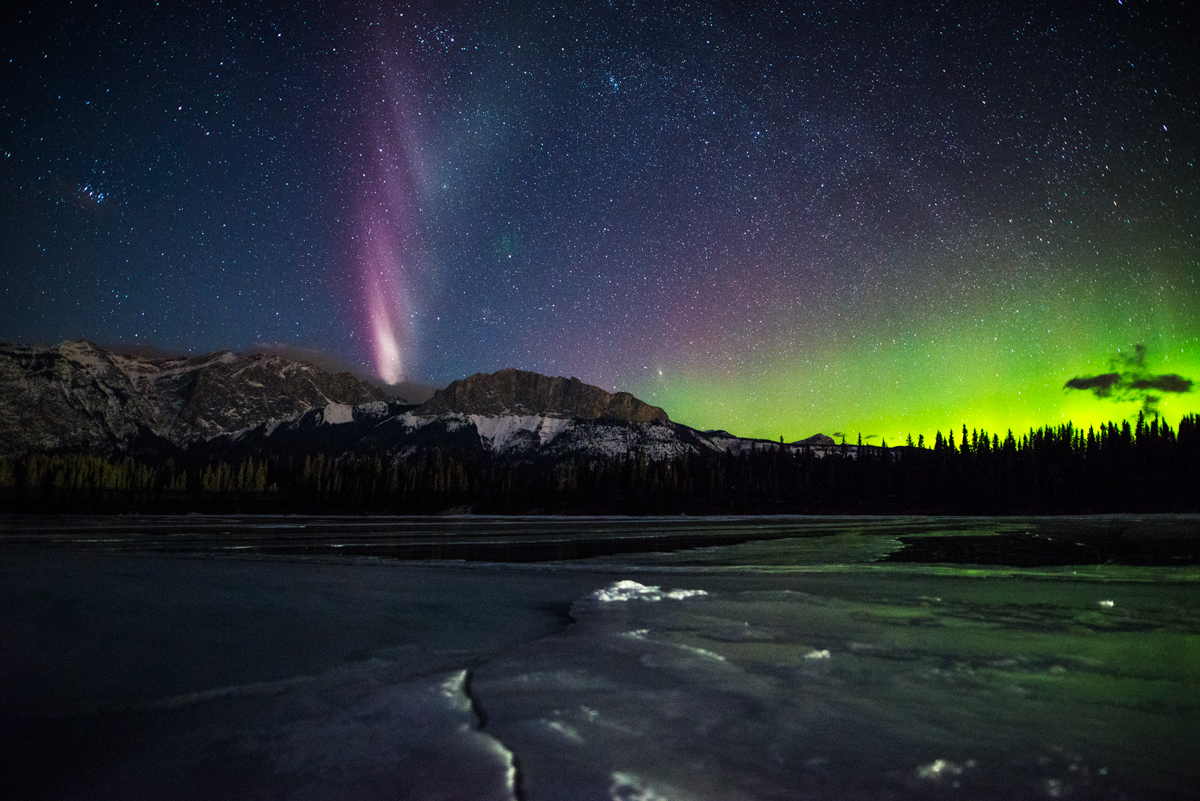
Discovering Passion for the Stars
Growing up in coastal New Jersey, the Atlantic Ocean became my go-to location for photography. I stumbled from taking photographs without real direction to eventually planning months in advance to capture a single passing moment. I began waking up early and making my way to the beach to capture sunrise after sunrise. I’d continue to experiment with slightly longer exposures for a few months until Summer of 2011. It was around this time that I accidentally captured my first image of the stars in a photo taken near the tail end of blue hour. This inspired me to stay out with my camera later and later into the night. In November of that year, I captured an image that really ignited my passion for night photography, called Finding Sirius.
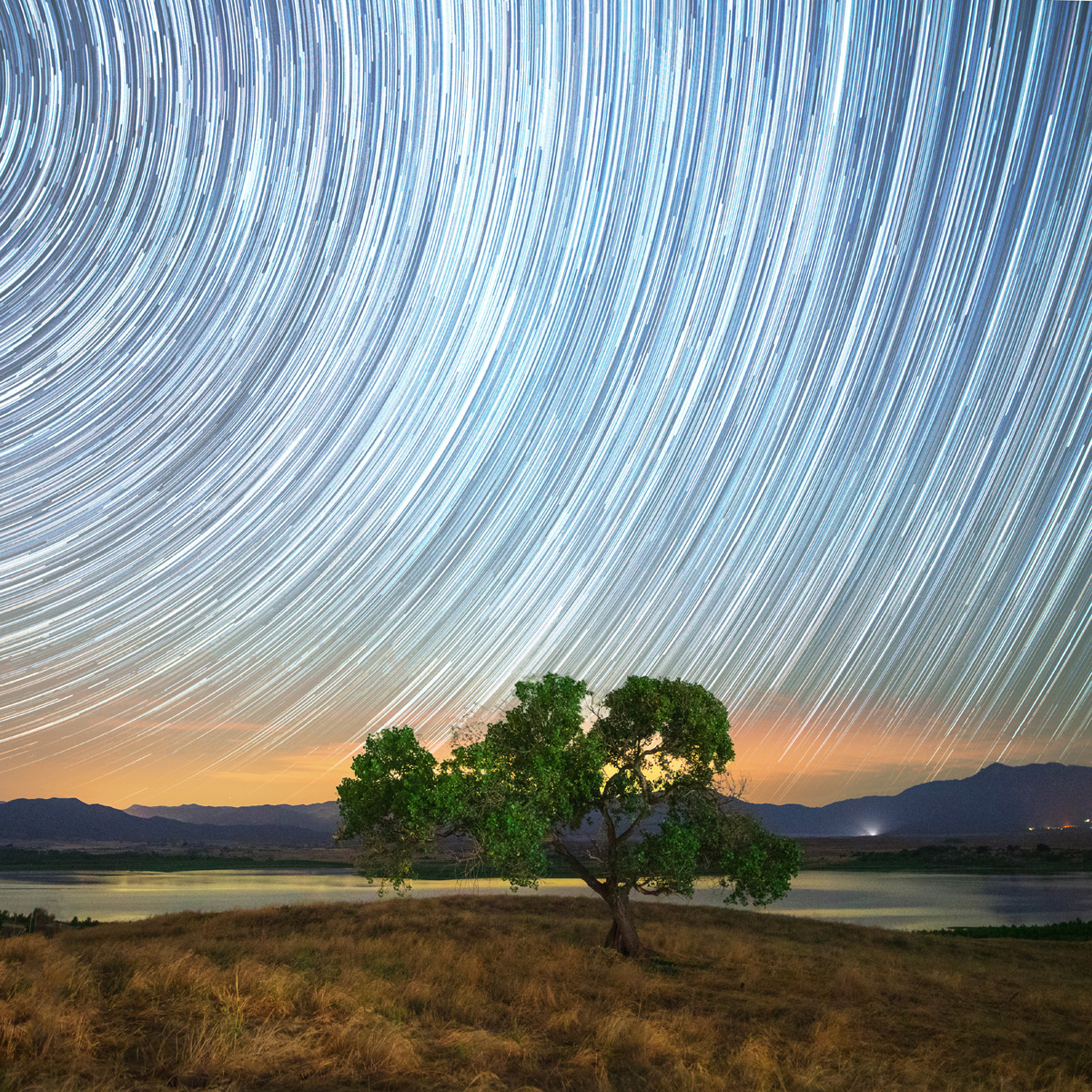
At the start, my astronomy knowledge was fairly limited. If you visit where I grew up, I’m certain you could practically count the visible stars on your fingers. I began researching different astronomical events, like meteors showers or the Zodiacal light, and then I would travel great distances to capture them. I was honored that the resulting photographs were featured online by National Geographic, NASA, Space.com and many other outlets.
The Impact of Home
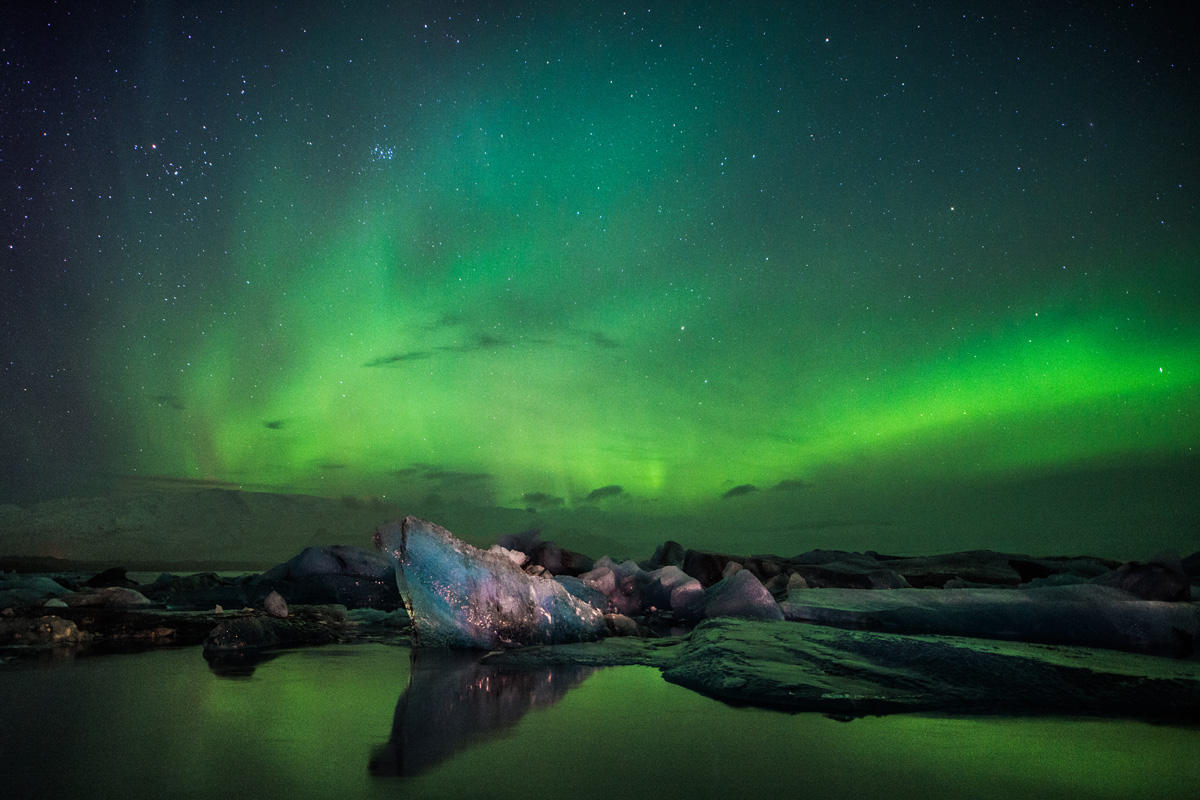
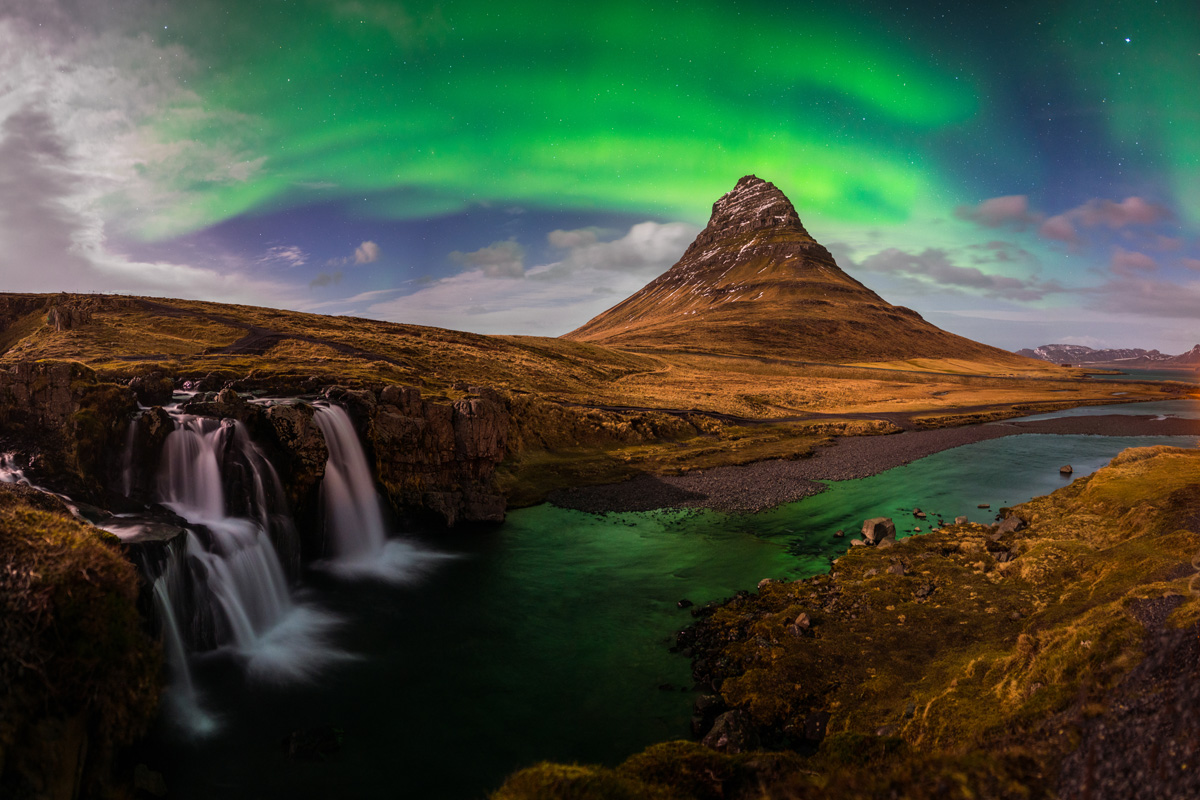
As the most densely populated state in the country, New Jersey isn’t exactly a place known for its stargazing. I continued trying to find new and unexpected locations that I could capture the stars. I would spend afternoons exploring new places and re-visiting at night to figure out how I could frame around these light polluted areas.
Home At The Shore
In late October of 2012, Superstorm Sandy would forever change the New Jersey coastline. It wasn’t just places I loved shooting or grew up visiting, but the lives that so many people had built around these areas that were left in pieces.
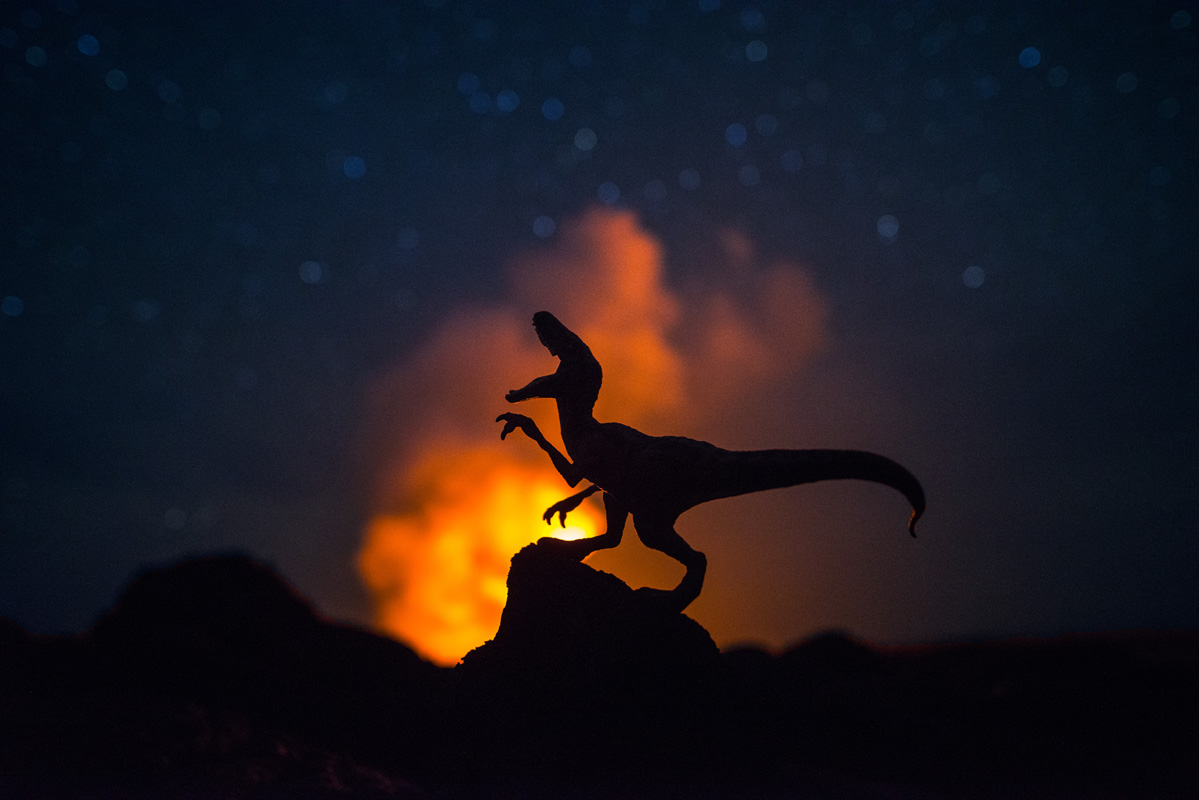

Seeing the condition of these locations that were once, for me, a place to escape and find peace under the stars, inspired me to find a way to show beauty still that existed along the shore. This would be the beginning of my move into the timelapse field. For the next year, I silently worked on my first timelapse video, Home At The Shore.
When I released the video, I wrote the following words along with it:
“It may not ever be the same as it once was, but it will always be beautiful and it will always be home.”
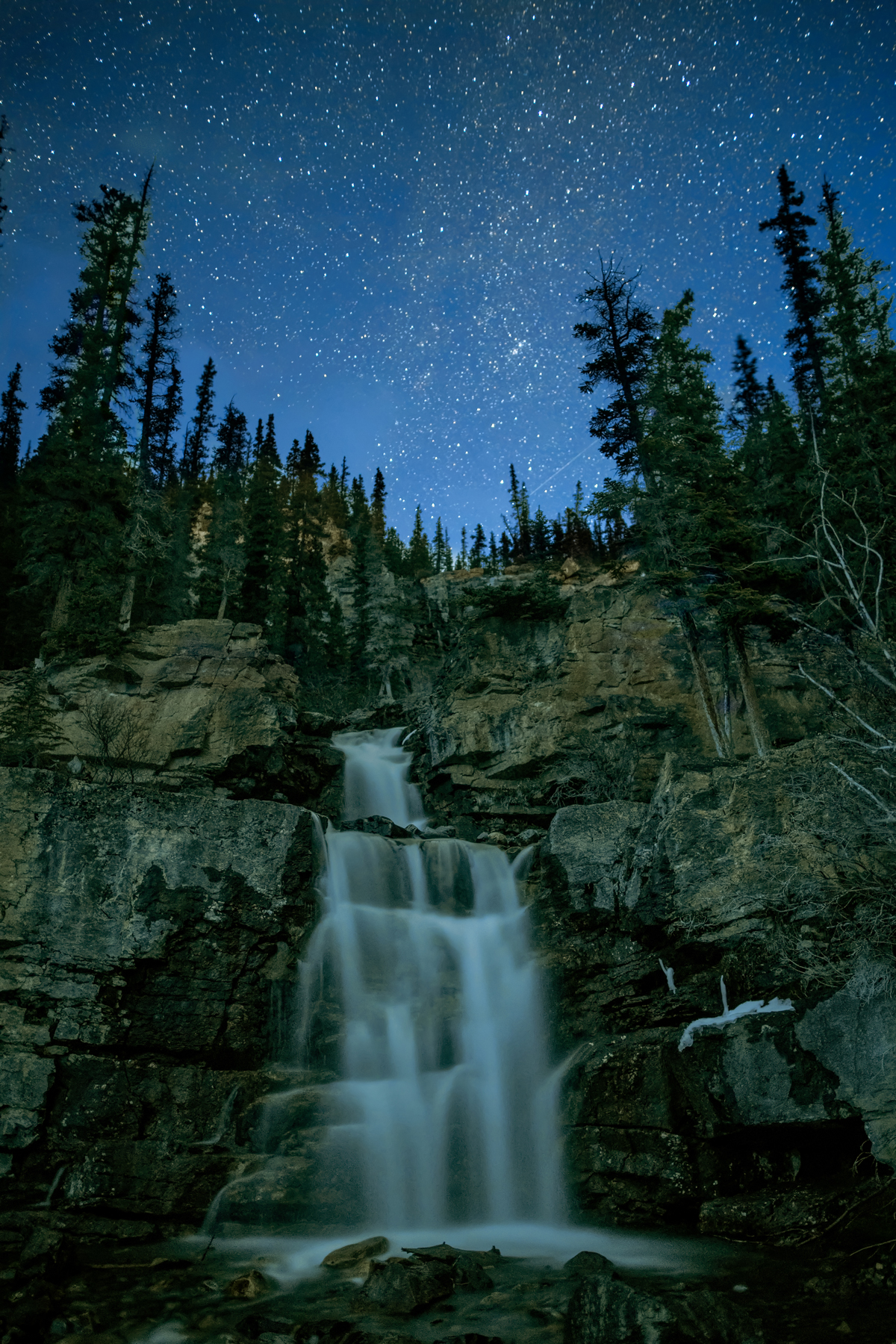
Home At The Shore ended up being featured on the homepage of National Geographic as well as extensively covered by NJ based outlets.
Finding New Skies With SIGMA
In late 2014, I moved from New Jersey to my current home in San Diego, California. This was an exciting move and one I feel had a huge impact on my photography. Instead of finding new ways to shoot familiar places, I was excited to explore the West Coast. The vastness of shooting the night sky in the desert, miles from the nearest road, was quite the departure from what was previously accessible to me. It was the same night sky, but with far more stars visible over an entirely new landscape.
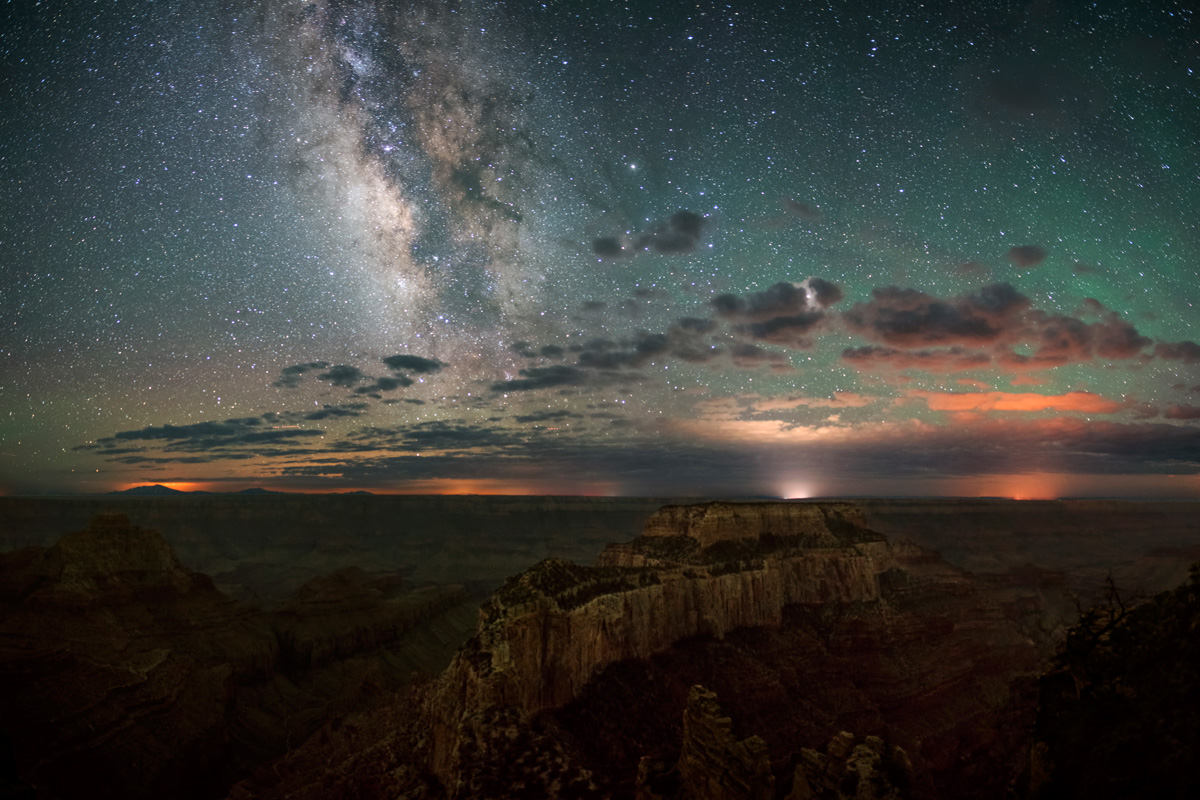
It was around early 2016, that I began shooting with SIGMA lenses. I went from carrying a single wide angle lens in my bag, to having the 24mm F1.4 DG HSM | Art and the 50mm F1.4 DG HSM | Art at my disposal. I became accustomed to using these lenses in the Anza Borrego Desert in Southern California. This was the first time I shot the night sky at an aperture faster than f2.8, and under these incredible dark skies, I immediately found the lenses to be invaluable. They would be just the start of the SIGMA lenses I carry with me.
I spend time carefully selecting the gear that goes in my bag before it closes, so that when it opens, it’s simply an extension of the vision I’m trying to capture. Whether I’m shooting in a sea cave on the coast or miles from the nearest road in the desert, the last the thing I want on my mind is gear. I tend to become immersed in the moment when I’m out shooting the stars, it’s what I love about night photography. Part of the reason I’m able to do that is because I don’t have to worry about what’s in my bag.

Conclusion
Although much of what I love about photographing the night sky comes on a personal level, it’s also lead to me being more aware of things on a much larger scale. I feel very fortunate to be able to share my photography with so many other people that have taken interested in it. Being able to share something that sparks a memory for someone or that inspires someone to find dark skies near their home is a pretty incredible feeling.
It’s made me realize the importance of protecting these areas that I venture out to photograph. It’s very easy to get caught up when you’re in some of these beautiful locations. When you force yourself to slow down and really take in what’s around you, it can be quite an overwhelming feeling. It taught me that whether it’s a national park, or a 4000 year old tree, it’s something worth taking care of so the next person that follows can have a chance to enjoy it. I want to capture something and leave it just as beautiful as it was when I arrived.

Great pictures Jack, myself I have a Nikon D7200 and use Sigma lens, I am a firm believer in Sigma both for price and the finished product
Jack, are you any relation to the musician, Andy Fusco?
GREAT SHOTS!!!
FM
Great captures, How about the 12-24mm F4 DG HSM | A for wide shot of Milky Way are there elongated stars in the upper right like the Rokinon 14mm or how about the 14mm F1.8 DG HSM | A a compare. I use the Sony SEL1018 f/4 at 12mm-18mm full frame to get a wide 12mm of the Milky Way. I have asked Sigma USA on Long Island N.Y. for some images and told them a beach maybe a mile away facing southeast and no reply even mentioned the Montauk Point Lighthouse that would make a great image. My best lens for MW is the Voigtlander 10mm f/5.6 with the A7s. Some of us like wide and do not do Panoramas or can travel to a dark place we do it where we live.
http://www.edgenauxsphotography.org/Photography/2016/i-GdMmgKD/A
I have followed you for about 6 months and you have taught so much.
Jack – thanks for sharing your images and your passion. Will you be photographing the eclipse in August? – Hank
I absolutely like the artistic choices made for these pictures, and do find the performance of the lenses quite good. However, I’m a little worried by the corner image quality, which in all the images above and for both lenses shows that stars are getting stretched towards the rim of the lens except the one with the dead tree where it’s only the left corner (I assume it was cropped). Is this something one should be aware of when considering buying a lens for astro-landscape work? Or do the images above show the worst that one may get, in which case it would be acceptable.